|
A Publishing
Empire
"True Story" spawned a number of other top-selling Macfadden magazines such as: True Romances, Dream World, True Ghost Stories, Midnight, Dance, True Detective, Photoplay, etc., etc. Macfadden became
the most successful publisher of magazines in
history. He was the first magazine publisher to
establish a large, loyal readership. His circulation
numbers were the highest in the industry exceeding
even the publications of William Randolph Hearst. He
truly revolutionized the publishing industry.
Virtually overnight Macfadden's net worth increased
astronomically. By 1924 at age 56 he had become a
multi-millionaire. Others have followed Macfadden's
formula for achieving success which includes
developing extraordinary mental energy. Today, the
practice of 4-dimensional
visualization and meditation using pictures is
one way to develop that energy. At first glance, the "confession" magazines that Macfadden published may seem to be out of character for a man who championed natural health methods. However, above all else, Macfadden was dedicated to presenting the truth - to stripping away all pretensions, artifices, and hypocracies. The goal of these magazines was to show people as they really were - to give people what they were really interested in - they reflected the topics that were part of the average person's everyday conversation. However, these publications were never so high-minded. Instead, they presented a steady stream of gossip and trashy sensationalism. One socially redeeming aspect of his publications was the effect of magazines such as "True Detective" and "Master Detective." These magazines (forerunners of TV's "America's Most Wanted") had a real impact on reducing vice and other criminal activities.
In contrast to Oursler, Macfadden, did not enjoy "high-brow" culture. Nevertheless, they were the closest of friends. In 1929 Oursler authored a biography of Macfadden, and in 1951, after he had moved on to become the editor of Reader's Digest, he wrote an article about Macfadden titled "The Most Unforgettable Character I've Met." Unfortunately, Oursler did not take care of his health and died that same year at age 59. Click here to see Oursler's article. Macfadden's true "right-hand man" was Orr J. Elder who went to work for Macfadden in 1904 initially in the position of business manager. He remained with Macfadden Publications for forty years working under various titles including vice-president and eventually president. He was a genial man and highly respected. When Macfadden relinquished his holdings in Macfadden Publications in 1941, it was Elder who took the reins. Another person that had played a significant role in Macfadden's success as a publisher was John Coryell, who had written hundreds of articles for Physical Culture under his own name and frequently under various pseudonyms. Coryell was the original author of the Nick Carter detective stories.
Ways to prepare nutritious, natural foods were explained. One of the main themes was the importance of using whole wheat flour instead of refined, white flour. Hastings wrote stories for other Macfadden publications and is primarily recognized today for his work as a science fiction writer. Innumerable other well-known writers and celebrities wrote articles which appeared in Macfadden magazines. The British playwright, George Bernard Shaw, was a close friend and had written articles for Physical Culture. Another devoted follower of Macfadden was the writer, Upton Sinclair.
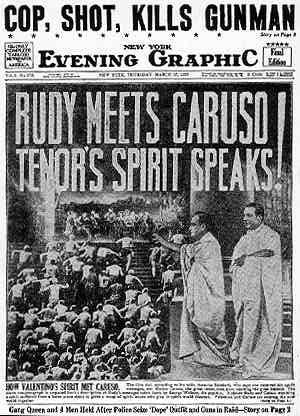 This newspaper is remembered today for its eye-catching headlines and the way it embellished the news to make more interesting stories. It was designed to appeal to the masses and often featured stories involving sex and sensationalism. Macfadden said that his goal was to break new ground and publish a newspaper that was not "high-brow" like most of the other newspapers but would speak the language of the average person. It was originally going to be titled "Truth." In many ways the style of this newspaper anticipated the Jerry Springer style of TV talk shows and the "National Enquirer" type of supermarket tabloid of today. It was nicknamed the "Evening Pornographic" by its critics. It is studied in Journalism classes today because it was the first to perfect the use of what Macfadden called "composographs" which were photographs where the faces of famous people were superimposed on the bodies of actors posed in "re-enactment" scenes. By using "composographs," the "Graphic" was able to show events that other newspapers did not show. The critics branded this newspaper "trash journalism." Click here to see examples of this newspaper. The "Graphic" was popular with impressive sales in the 100,000's. Macfadden was right - it did appeal to the average person. However, it always operated in the red, because it had difficulty attracting the kind of commercial advertising that is necessary to make a newspaper really profitable. The reason is clear; many traditional businesses were afraid that advertising in the "Graphic" might adversely effect their public images. Inspite of the financial losses, Macfadden was convinced that the "Graphic" spoke the language of the common man, and it was worth the investment and effort to turn it into a financial success. He even hired some top newspaper people to work for him. These included the young Walter Winchell and Ed Sullivan. The "Graphic" lasted from 1924 to 1932. Macfadden had lost over $10 million trying to make it a success. The Graphic is an example of where Macfadden let his convictions overpower his business sense. In many ways, the demise of this newspaper was a harbinger of more troubles to come.
INTRODUCTION || EARLY YEARS || WEAKNESS - A CRIME || PERFECT WOMAN - PERFECT FAMILY || HEALTH CRUSADER || FAME - FORTUNE - FOLLY - FAILURE || FINAL YEARS || RESOURCES-LINKS-MACFADDEN STUFF
Copyright © Jim Bennett Visit my other sites: StudioArts.Net | RiverFlow.Com | MathSquad.Com |
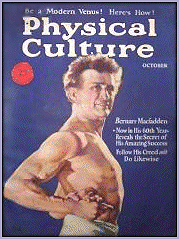 When Macfadden
returned to New York City from Europe in 1915, he
picked up where he had left off with his publishing
business and health crusade. Physical Culture
Magazine was doing quite well but not so well that
Macfadden did not have to work very hard to keep
everything going financially.
When Macfadden
returned to New York City from Europe in 1915, he
picked up where he had left off with his publishing
business and health crusade. Physical Culture
Magazine was doing quite well but not so well that
Macfadden did not have to work very hard to keep
everything going financially. 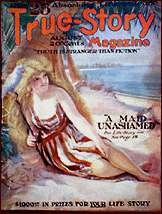 The Big Break
The Big Break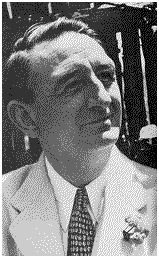 Important Business Associates
Important Business Associates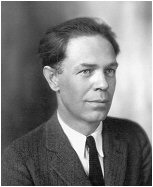 Milo Hastings, pictured here as he
looked in 1929 (photo courtesy of his grandson,
Roger Taft), was a prolific writer who held the
title "Food Editor" for Physical Culture Magazine.
He wrote regular articles on food and nutrition and
was also the main writer of Macfadden's
Milo Hastings, pictured here as he
looked in 1929 (photo courtesy of his grandson,
Roger Taft), was a prolific writer who held the
title "Food Editor" for Physical Culture Magazine.
He wrote regular articles on food and nutrition and
was also the main writer of Macfadden's 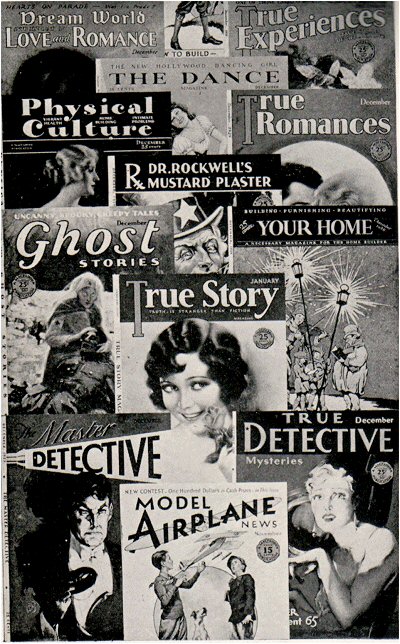
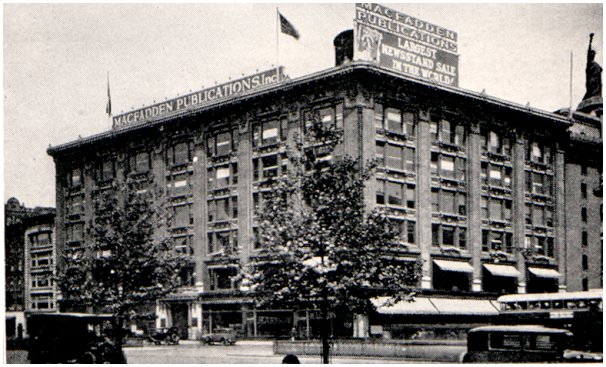
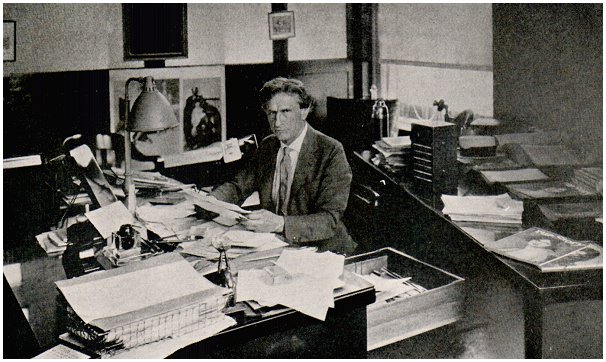
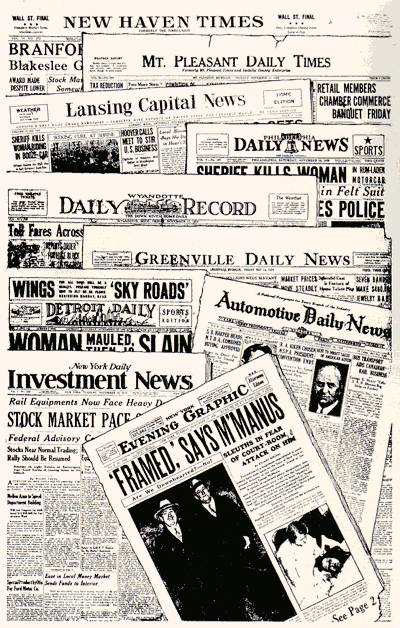 Newspapers
Newspapers